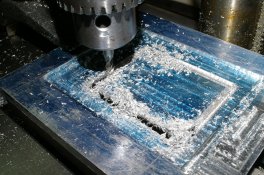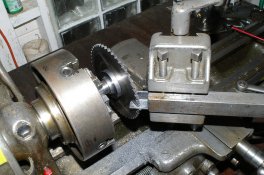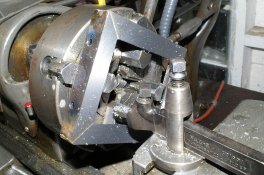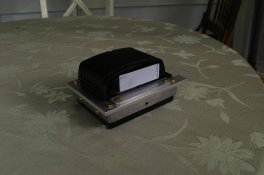For PolyGlot's comments:
-Yes I think a cylindrical bag bellows made of 2 annuli bonded at periphery would be neat and simple for home builder.
-I have only just started to think about a cylindical body, but my initial thoughts are that a thin wall tubular body that can be silver brazed ( steel, stainless or brass) might be simpler for diy builder, easier to make light tight with continous brazed joints, and compete in weight with wood or plastic (**below). Even though these metals have ~10 times density of wood, they can be thin because they have ~10 times the yield strength and Young's modulus.
Before assembly of a metal camera, the bores and internal sufaces have to be antireflectively coated . I learned when making adaptors for M43, that this makes a big difference in contrast and sharpness of the lens.
It is quite a job.
So far I use 3 coating types, after washing the 6061 alloy in denatured alcohol and no primer:
Rustoleum Flat black by a small brush to seal joints and coat internal nuts and washers
Krylon Camo Ulta Flat in a spray can
Protostar Telescope flocking
The first 2 work OK but tend to flake off on subsequent dis-assembly of the camera.
The flocking has the highest emissivity I think approaching unity , so I use it in where direct reflection from/to the film/sensor is possible.
I also use the flocking for light tight gaskets, it compresses fairly consistently to a repeatable thickness.
http://www.fpi-protostar.com/flock.htm
Pehaps this is a candidate for the laser cutting service?
** Photo of the latest steel framed body in progress. "Fromm_Body" after his suggestion.
So far with the RH10 back as shown , but less vf and lens, weighs 1109 gram and I have a bit of front structure to complete.
Now a Baby Crown, of wood with RH10 and less lens, weighs 1535 gram.
Of course, the Takumar lenses I am using weigh far more than the Graflex ones so the Baby Crown will still win on weight, I think.






